Regulatory Support and Incentives
Government policies and regulatory frameworks significantly influence the Global Energy as a Service Market (EaaS) Market Industry. Many governments are implementing supportive regulations and incentives to promote the adoption of EaaS solutions. For instance, tax credits and subsidies for renewable energy projects encourage businesses to invest in EaaS offerings. Additionally, stringent emissions regulations compel companies to seek cleaner energy alternatives. This regulatory landscape fosters a conducive environment for EaaS growth, as organizations increasingly turn to these services to comply with regulations while enhancing their sustainability profiles.
Decentralization of Energy Systems
The decentralization of energy systems is emerging as a key driver in the Global Energy as a Service Market (EaaS) Market Industry. With the rise of distributed energy resources, such as rooftop solar panels and local energy storage, consumers are increasingly seeking control over their energy supply. This shift towards decentralized energy generation is fostering demand for EaaS solutions that facilitate the management and optimization of these resources. As more individuals and businesses adopt decentralized energy systems, the EaaS market is expected to grow, aligning with the broader trend of energy independence and resilience.
Rising Demand for Renewable Energy
The Global Energy as a Service Market (EaaS) Market Industry is experiencing a notable surge in demand for renewable energy solutions. As countries strive to meet their climate goals, the transition to renewable energy sources becomes imperative. For instance, the International Renewable Energy Agency reports that renewable energy capacity is expected to grow significantly, with solar and wind leading the charge. This shift not only aligns with global sustainability efforts but also drives investment in EaaS solutions, which facilitate the integration of renewables into energy systems. The market is projected to reach 46.3 USD Billion in 2024, reflecting the increasing reliance on clean energy sources.
Increasing Energy Efficiency Awareness
There is a growing awareness regarding energy efficiency among consumers and businesses, which is driving the Global Energy as a Service Market (EaaS) Market Industry. Organizations are recognizing the financial and environmental benefits of adopting energy-efficient practices. This awareness is prompting investments in EaaS solutions that provide tailored energy management services. For instance, energy audits and efficiency upgrades are becoming common practices as companies seek to reduce operational costs and carbon footprints. As this trend continues, the EaaS market is likely to expand, reflecting the collective push towards more sustainable energy consumption.
Technological Advancements in Energy Management
Technological innovations play a pivotal role in shaping the Global Energy as a Service Market (EaaS) Market Industry. Advanced energy management systems, including IoT and AI-driven analytics, enhance operational efficiency and optimize energy consumption. These technologies enable businesses to monitor energy usage in real-time, leading to cost savings and improved sustainability. For example, smart grids and energy storage solutions are becoming integral components of EaaS offerings. As these technologies evolve, they are likely to attract more investments, contributing to the anticipated market growth to 120 USD Billion by 2035, with a CAGR of 9.05% from 2025 to 2035.
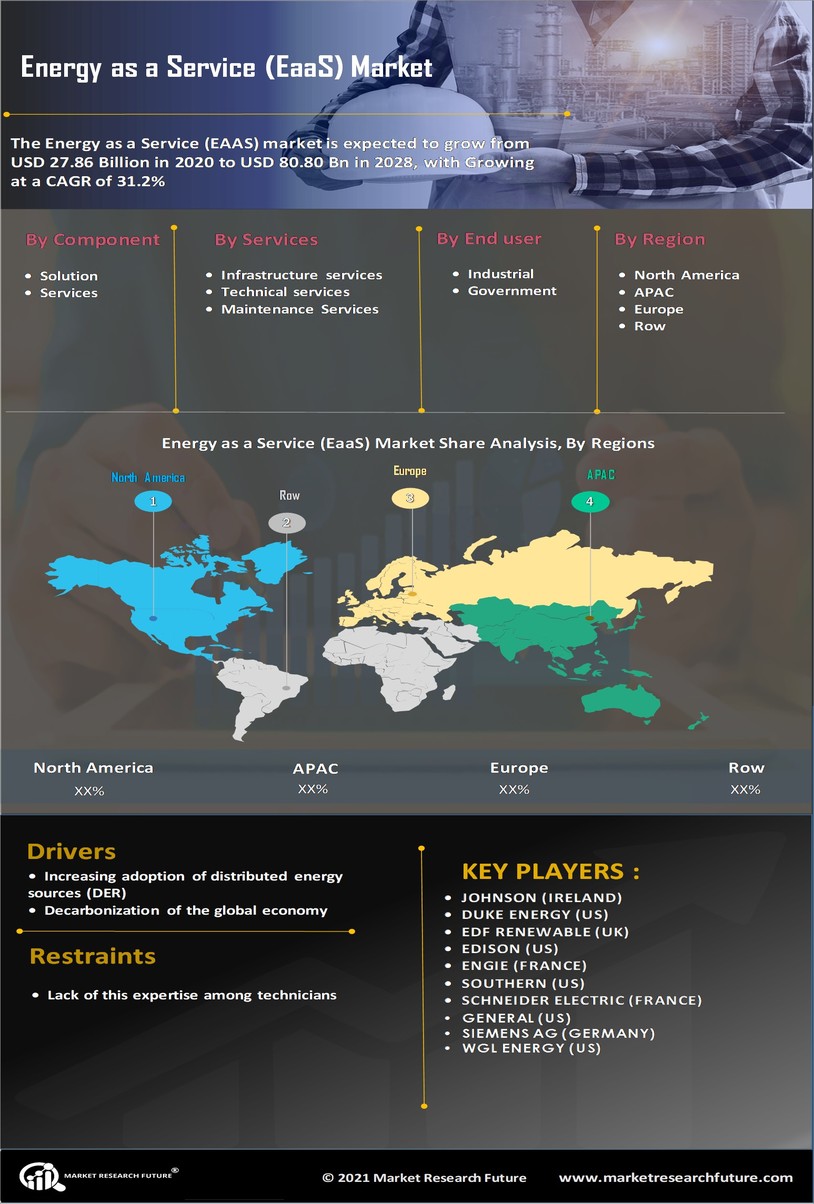

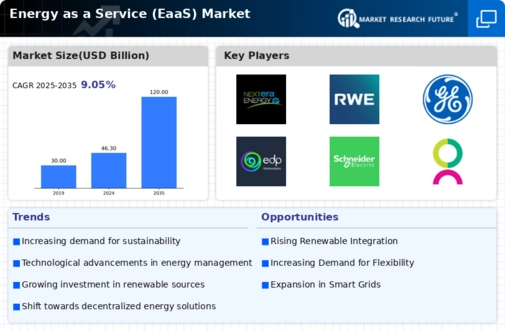
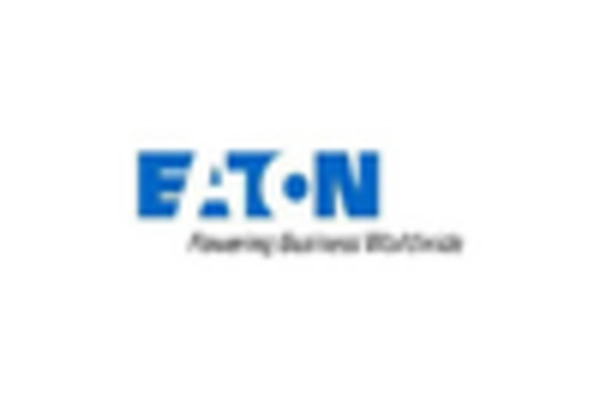
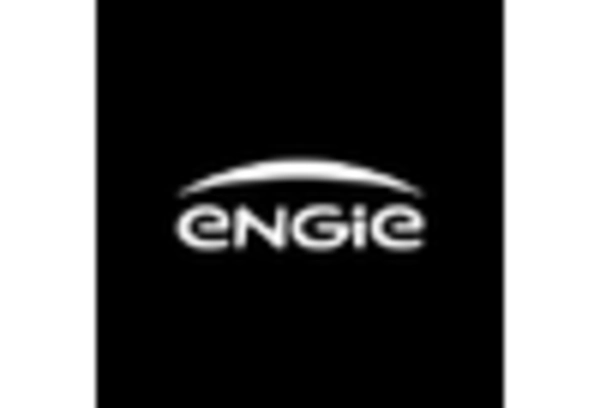
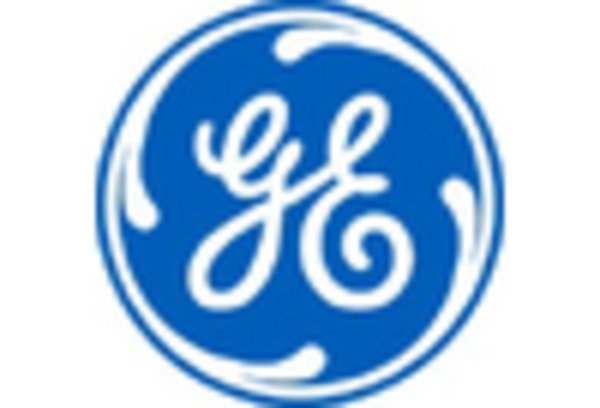











Leave a Comment